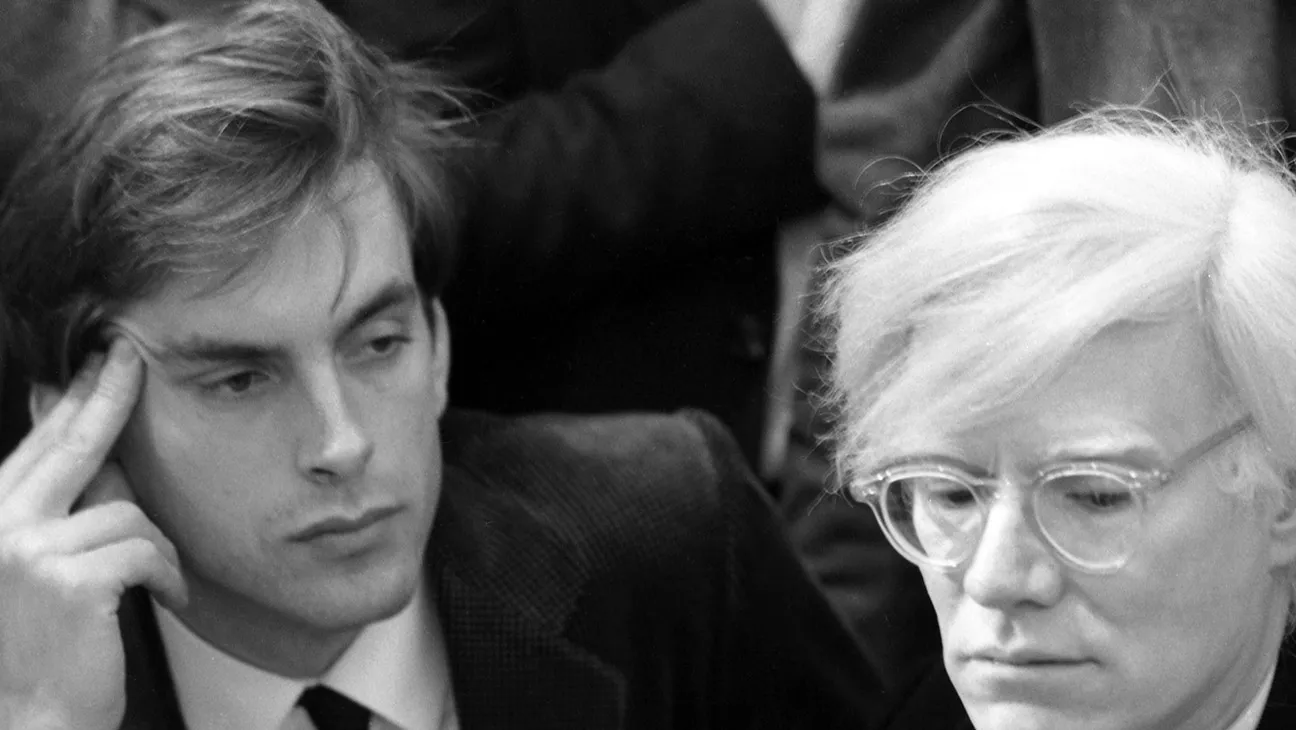The Art of Provocation: Tomas Arana on Warhol, Scorsese, and the Political Landscape
In a world where art intersects with politics, few voices are as resonant as that of actor Tomas Arana. Known for his compelling performances and deep understanding of the artistic landscape, Arana sheds light on the enduring influence of icons like Andy Warhol and Martin Scorsese, while also reflecting on the current political climate shaped by figures like Donald Trump. His insights offer a thought-provoking exploration of how art can both mirror and challenge societal norms.
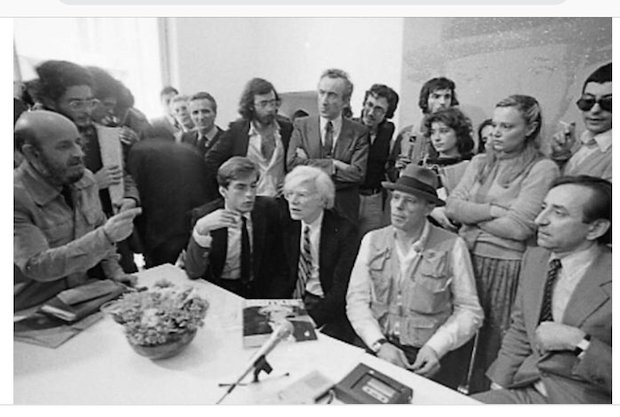
The Legacy of Andy Warhol
Andy Warhol was not just an artist; he was a cultural phenomenon. His works challenged the boundaries of traditional art, blending commercialism with artistic expression. Warhol’s exploration of celebrity, consumerism, and identity resonates in today’s social media age, where the line between art and commerce blurs even further.
Tomas Arana highlights how Warhol’s approach to art as a vehicle for commentary remains relevant. Warhol’s ability to encapsulate the zeitgeist has inspired countless artists and filmmakers to use their platforms to critique societal norms. In Arana’s view, this tradition of using art as a form of political and social engagement is crucial for modern storytellers.
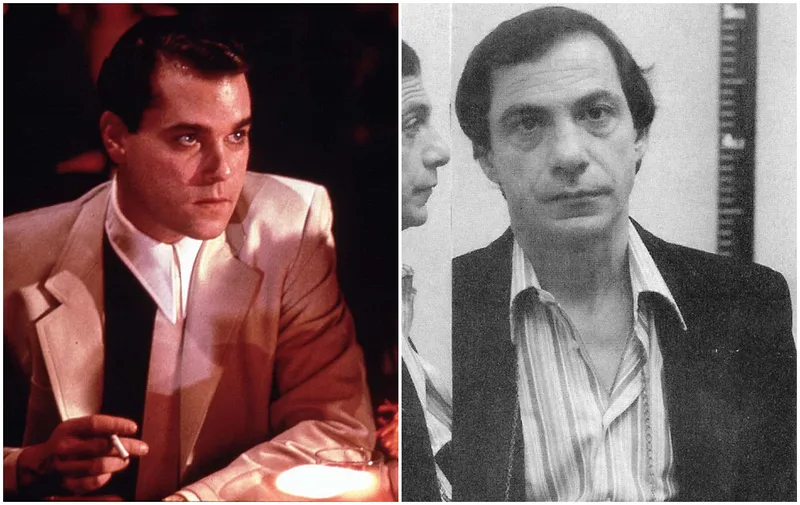
Martin Scorsese’s Influence
Martin Scorsese, a titan in the film industry, has created a body of work that deeply interrogates themes of morality, identity, and the human condition. Arana, who has collaborated with renowned directors, acknowledges Scorsese’s unique ability to depict complex characters and narratives that resonate with audiences worldwide.
Scorsese’s films often challenge viewers to confront uncomfortable truths, pushing them to reflect on their own beliefs and actions. This mirrors the role of art in society, where the objective is not just to entertain but to provoke thought and inspire change. As Arana points out, Scorsese’s storytelling is a masterclass in the power of cinema to challenge societal norms and illuminate the darker corners of human nature.
The Political Landscape Today
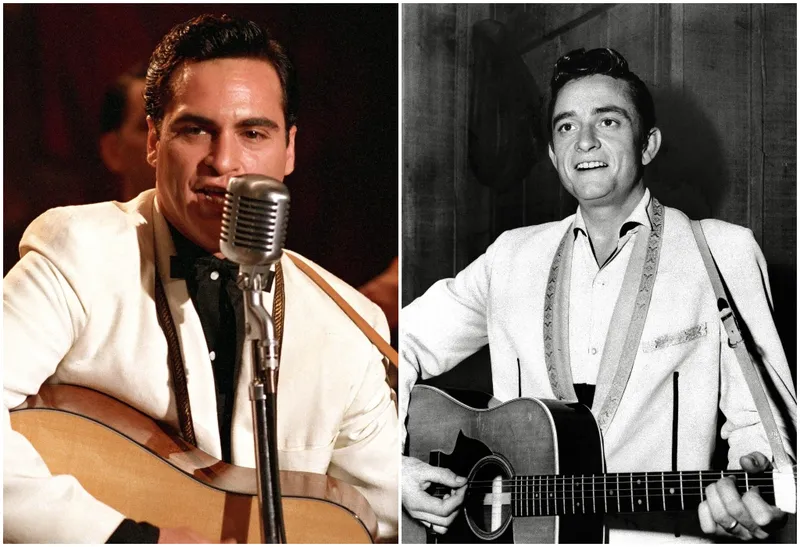
In juxtaposing Warhol and Scorsese with the current political climate, Arana raises questions about the role of artists in times of crisis. The rise of polarizing figures like Donald Trump has led many artists to reconsider their responsibilities in shaping public discourse.
Art has historically served as a reflection of societal issues, and Arana believes that artists today must harness their voices to address pressing concerns, from social justice to climate change. The challenge lies in navigating a landscape rife with misinformation and divisive rhetoric while remaining true to one’s artistic vision.
The Role of Art in Social Commentary
Arana emphasizes that art should never shy away from difficult conversations. By creating works that challenge prevailing narratives, artists can encourage audiences to engage with the world around them critically. This is particularly important in a time when public discourse often feels fragmented and superficial.
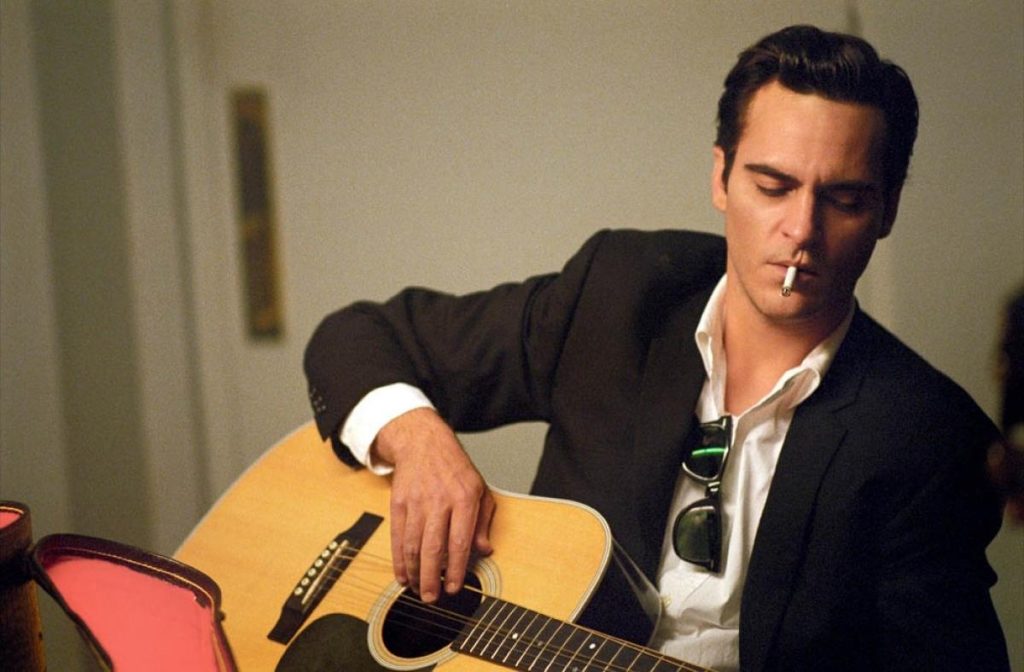
Films, literature, and visual art can serve as powerful tools for activism. As Arana suggests, embracing vulnerability and authenticity in creative expression can lead to a more profound connection with audiences, fostering dialogue and understanding across diverse perspectives.
The Intersection of Personal and Political
Arana’s own experiences as an artist have shaped his understanding of the interplay between personal and political narratives. He believes that artists draw from their own lives and histories to inform their work, creating a tapestry of shared human experiences. This personal lens is crucial for creating relatable and impactful art.
In this sense, What’s Inside becomes a microcosm of broader societal issues, reflecting the complexities of modern life while remaining deeply personal. By merging the personal with the political, artists can create works that resonate on multiple levels, inviting audiences to engage with their stories.
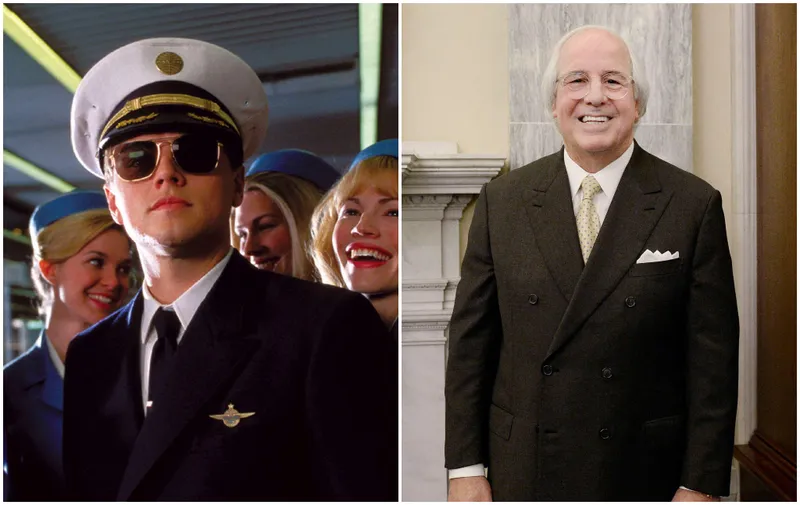
Conclusion: Art as a Catalyst for Change
Tomas Arana’s reflections on the legacies of Andy Warhol and Martin Scorsese highlight the enduring power of art to provoke thought and inspire change. As artists navigate a complex political landscape, their work remains vital for fostering dialogue and challenging societal norms.
In a world where art continues to intersect with politics, the call for authenticity, vulnerability, and engagement has never been more urgent. By embracing these principles, artists can play a crucial role in shaping public discourse and inspiring future generations.
As we look to the future, Arana’s insights remind us that the artist’s journey is not just about personal expression but also about contributing to a collective narrative that reflects our shared humanity.

